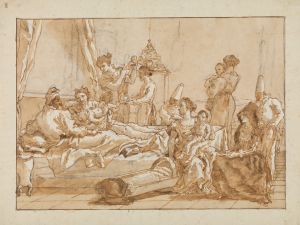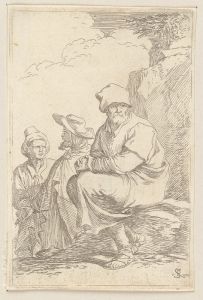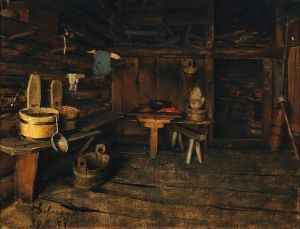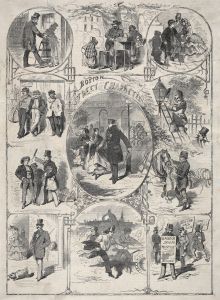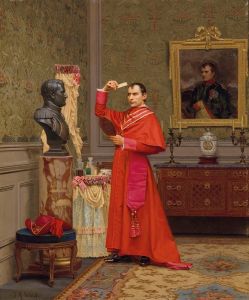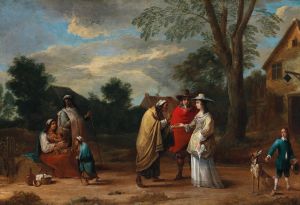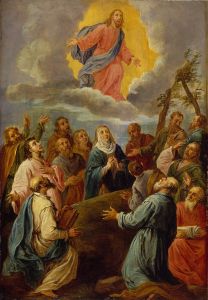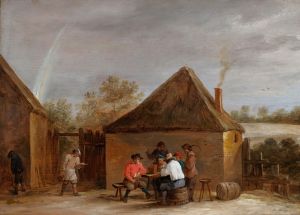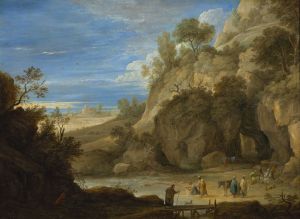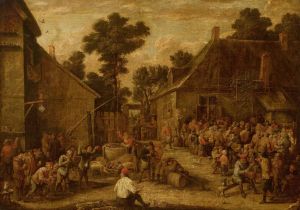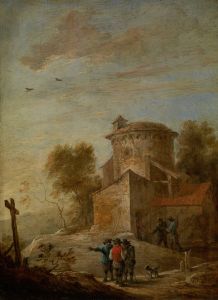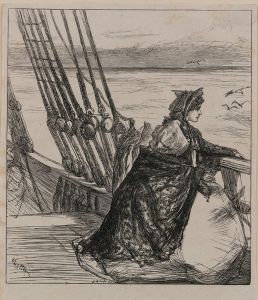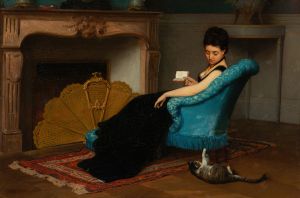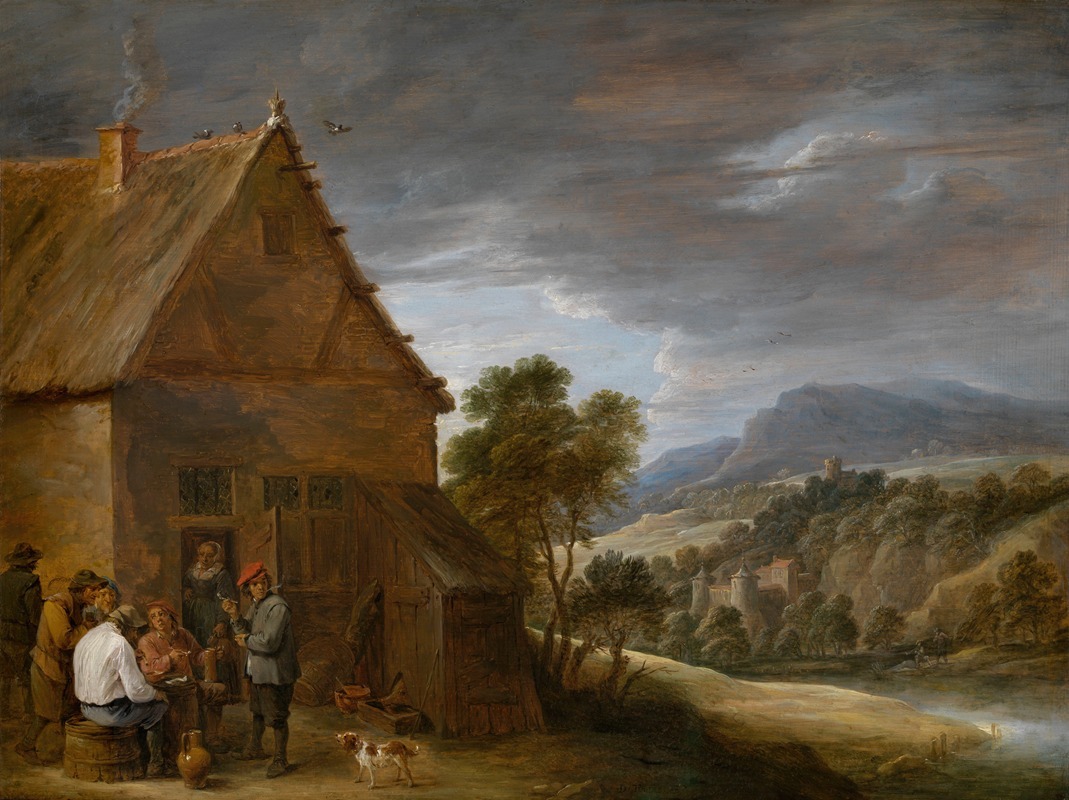
Tavern Scene
A hand-painted replica of David Teniers The Younger’s masterpiece Tavern Scene, meticulously crafted by professional artists to capture the true essence of the original. Each piece is created with museum-quality canvas and rare mineral pigments, carefully painted by experienced artists with delicate brushstrokes and rich, layered colors to perfectly recreate the texture of the original artwork. Unlike machine-printed reproductions, this hand-painted version brings the painting to life, infused with the artist’s emotions and skill in every stroke. Whether for personal collection or home decoration, it instantly elevates the artistic atmosphere of any space.
David Teniers the Younger was a prominent Flemish painter in the 17th century, known for his detailed and lively depictions of peasant life, landscapes, and genre scenes. One of his notable works is the "Tavern Scene," which exemplifies his skill in capturing the everyday life and social interactions of his time.
The "Tavern Scene" by David Teniers the Younger is a genre painting that illustrates a lively and bustling interior of a tavern, a common setting in his body of work. Teniers was renowned for his ability to portray the vibrancy and dynamism of social gatherings, and this painting is no exception. The scene typically features a group of peasants engaged in various activities such as drinking, smoking, playing cards, or conversing, all rendered with a keen eye for detail and a sense of humor.
Teniers' mastery in using light and shadow is evident in the "Tavern Scene," where he creates a warm and inviting atmosphere. The light often streams in from a window or an open door, illuminating the figures and highlighting the textures of their clothing and the wooden interior of the tavern. This use of light not only adds depth to the composition but also draws the viewer's attention to the central activities taking place within the scene.
The composition of the "Tavern Scene" is carefully arranged to guide the viewer's eye through the painting. Teniers often employed a diagonal composition, leading from the foreground to the background, which creates a sense of depth and movement. The figures are typically depicted in a naturalistic manner, with expressive faces and gestures that convey a sense of camaraderie and merriment.
Teniers was influenced by the work of his father, David Teniers the Elder, as well as by other Flemish painters such as Adriaen Brouwer and Pieter Bruegel the Elder. His paintings often reflect the social and cultural milieu of 17th-century Flanders, providing insight into the customs and daily life of the period. The "Tavern Scene" is a testament to Teniers' ability to capture the essence of his time with both accuracy and artistic flair.
In addition to their aesthetic qualities, Teniers' tavern scenes often carried moral or allegorical messages, reflecting the moralizing tendencies of the period. These scenes could serve as a commentary on human behavior, highlighting themes such as the folly of excessive drinking or the virtues of moderation and conviviality.
David Teniers the Younger's "Tavern Scene" is a fine example of Flemish genre painting, showcasing the artist's technical skill, keen observation, and ability to convey the spirit of his age. Through his depiction of everyday life, Teniers not only entertained his contemporaries but also provided future generations with a window into the past, capturing the vibrancy and complexity of 17th-century Flemish society.





